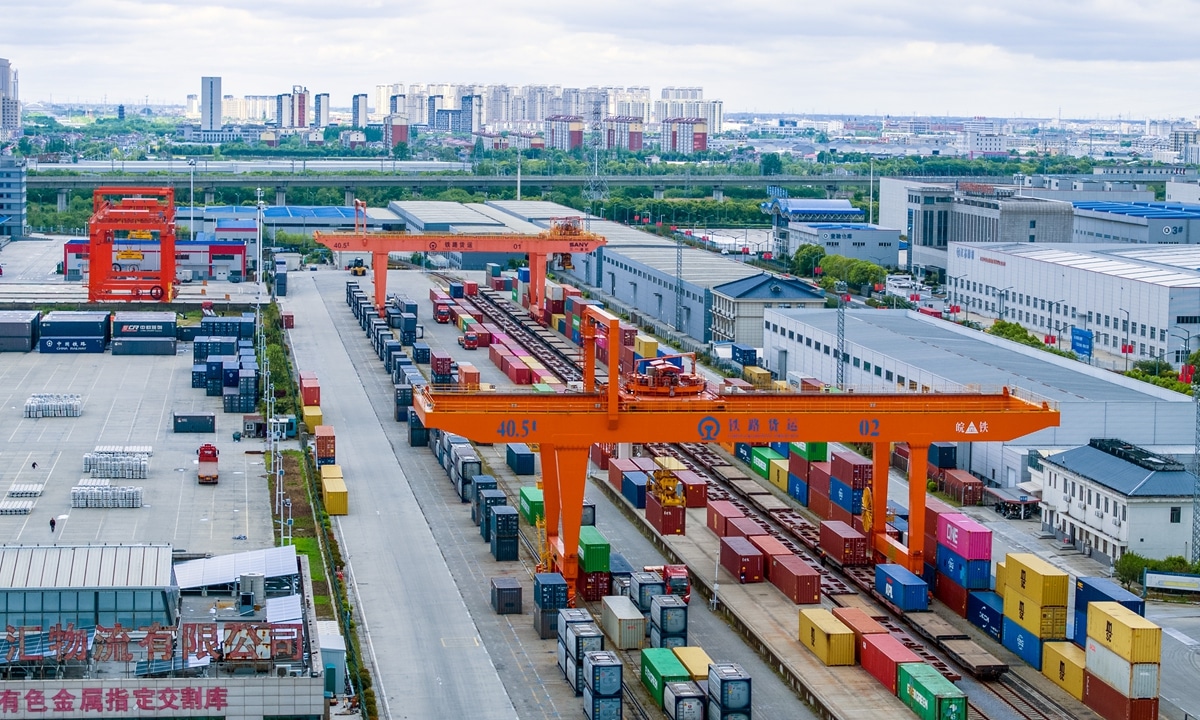China’s Exports Show Resilience Amid Shift from US Markets

China has reported a remarkable trade surplus of approximately $586 billion in the first half of the year, showcasing its ability to adapt amid global economic challenges. Despite a decline in exports to the United States, the country has successfully diversified its markets, particularly with significant growth in trade with Southeast Asian nations. June alone saw exports rise by 5.8% year-on-year, surpassing analysts’ expectations, while imports also showed positive growth for the first time since February.
Shifting Trade Dynamics
China’s trade landscape has shifted notably as it moves away from reliance on the U.S. market. Exports to the United States fell by 16.1% compared to the previous year, following a steep 34% drop in May. However, Chinese businesses have successfully expanded their reach to other markets. Notably, exports to the Association of Southeast Asian Nations (ASEAN) surged by 17% during the same period. Wang Lingjun, deputy head of the customs agency, emphasized that despite the challenges posed by rising unilateralism and protectionism globally, China’s trade has shown resilience and growth in the first half of the year. This adaptability is crucial for supporting China’s domestic economy, which has been facing a slowdown amid global trade volatility.
Challenges Ahead for Trade Sustainability
While China’s recent trade performance is impressive, questions remain about its sustainability. The Trump administration’s ongoing efforts to restrict Chinese goods through third-party countries pose significant challenges. New tariffs on various trading partners are set to take effect from August 1, including a 50% tariff on copper imports. These measures could impact the demand for Chinese products in the U.S. market. Economists from Goldman Sachs noted that the increase in exports in June was largely due to a rebound in U.S.-bound exports, attributed to tariff reductions following trade talks in Geneva. Despite a decrease in tariffs from a peak of 145% to around 55%, China’s trade policies continue to face scrutiny and potential obstacles.
Economic Implications and Future Outlook
The robust trade performance signals a positive outlook for China’s economy, which has been grappling with deflation and a downturn in the property sector. Analysts anticipate that official data will reveal a 5.1% year-on-year increase in gross domestic product for the quarter ending in June. This growth is partly attributed to strong exports, which help offset weak domestic demand. Zhiwei Zhang, chief economist at Pinpoint Asset Management, remarked that the front-loading of exports to the U.S. has not ceased, indicating that strong export figures may help maintain GDP growth around the government’s target of 5% for the second quarter. As China navigates these complex trade dynamics, its ability to adapt and find new markets will be crucial for its economic stability moving forward.
Observer Voice is the one stop site for National, International news, Sports, Editor’s Choice, Art/culture contents, Quotes and much more. We also cover historical contents. Historical contents includes World History, Indian History, and what happened today. The website also covers Entertainment across the India and World.

